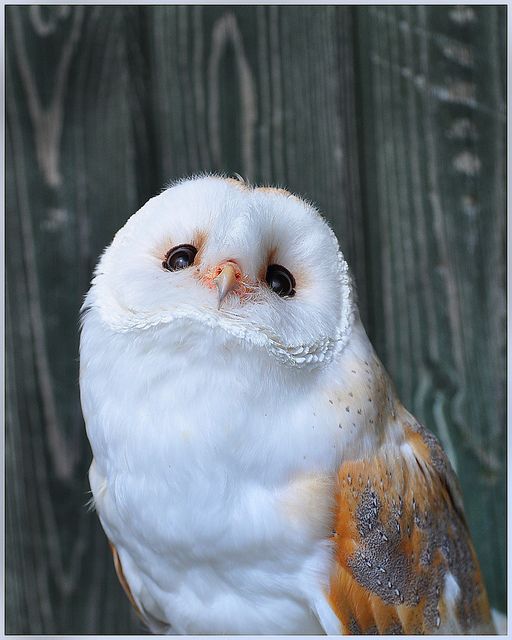The quintessential sound of the American barn owl piercing the nocturnal soundscape evokes a visceral reaction in most listeners. That shriek, a far cry from the stereotypical “hoot” associated with owls, often leaves people wondering exactly what they’ve heard. It’s a sound frequently described as unsettling, even ghostly, and it hints at a life led in the shadows, a world ruled by instinct and the perpetual quest for sustenance.
Delving into the acoustic repertoire of the Tyto alba pratincola, as the American barn owl is scientifically known, reveals a surprising diversity of vocalizations beyond the signature scream. These auditory signals are crucial for communication within their species, and understanding them provides valuable insight into their behavior, social dynamics, and ecological role.
The Anatomy of a Scream: Why Barn Owls Sound the Way They Do
The piercing shriek of the barn owl is largely attributable to the unique morphology of its syrinx, the avian vocal organ analogous to the mammalian larynx. Unlike other owl species with deep, resonant voices, the barn owl’s syrinx is structured in a way that favors the production of high-frequency sounds. This specialization allows their calls to travel great distances, efficiently cutting through dense foliage and carrying across open fields, even in windy conditions.
Furthermore, the lack of a well-developed facial disc, a concave structure of feathers around the face that helps focus sound in other owl species, also contributes to the peculiar timbre of their calls. While a prominent facial disc helps some owls achieve exceptional pinpoint accuracy in hunting, the barn owl relies more on its overall hearing sensitivity and wide auditory range. This tradeoff shapes the kind of sounds it both emits and receives.
Beyond the Shriek: A Symphony of Barn Owl Sounds
While the shriek is perhaps the most iconic sound associated with the American barn owl, their vocal repertoire is far more complex. Listening carefully to a barn owl family reveals a tapestry of different calls, each serving a distinct purpose.
1. The Advertisement Call: Claiming Territory and Attracting Mates
Male barn owls use a specific type of call, often described as a raspy snore or a drawn-out hiss, to establish and defend their territories. This “advertisement call” serves as a clear signal to other males, warning them to stay away. It also plays a vital role in attracting potential mates. A strong, consistent advertisement call indicates a healthy and capable male, increasing his chances of reproductive success. Listen closely in late winter and early spring, the typical breeding season, and you might hear this territorial proclamation echoing through the night.
2. Begging Calls: The Chorus of the Owlets
The soundscape around a barn owl nest is often dominated by the insistent begging calls of the owlets. These calls, characterized by high-pitched squeaks and rasps, serve to stimulate the parents to provide food. The intensity and frequency of the begging calls are directly related to the owlets’ hunger levels. As the young owls mature, their begging calls gradually become more sophisticated, eventually morphing into variations of the adult calls.
3. Courtship Calls: Whispers of Affection
During courtship, barn owls engage in a series of soft, subtle vocalizations. These calls are typically low in volume and frequency, often described as whispers or murmurs. They serve to strengthen the bond between the pair and synchronize their breeding behavior. These intimate exchanges are rarely heard by human observers, as they occur within the confines of the nest cavity and are generally masked by ambient noise.
4. Alarm Calls: Warning of Danger
When threatened, barn owls emit a variety of alarm calls to warn their mate, their offspring, or even other nearby owls. These calls can range from sharp clicks and hisses to modified versions of the shriek. The specific type of alarm call used depends on the nature and severity of the threat. For example, a ground predator might elicit a series of rapid clicks, while an aerial predator might trigger a more prolonged and intense shriek.
Deciphering the Nocturnal Narrative: What Barn Owl Sounds Tell Us
By carefully analyzing the acoustic behavior of American barn owls, researchers and enthusiasts alike can gain a deeper understanding of their lives and the ecological challenges they face. For instance, changes in the frequency or intensity of their calls can indicate shifts in prey availability, habitat quality, or predator pressure. Monitoring barn owl populations through acoustic surveys offers a non-invasive way to assess their health and track their distribution.
Furthermore, understanding the specific calls used in different contexts can help inform conservation efforts. For example, playback experiments using advertisement calls can be used to attract barn owls to suitable nesting sites, increasing their breeding success. By protecting and managing their habitats, and minimizing human disturbance, we can ensure that the evocative sounds of the American barn owl continue to grace the night for generations to come.
The next time you hear that unforgettable shriek echoing through the darkness, remember that it is just one note in a complex symphony of sounds, a testament to the resilience and adaptability of this fascinating creature. Take a moment to listen, to truly hear, and to appreciate the intricate world hidden within those nocturnal calls.
